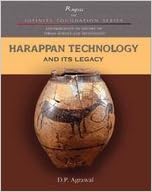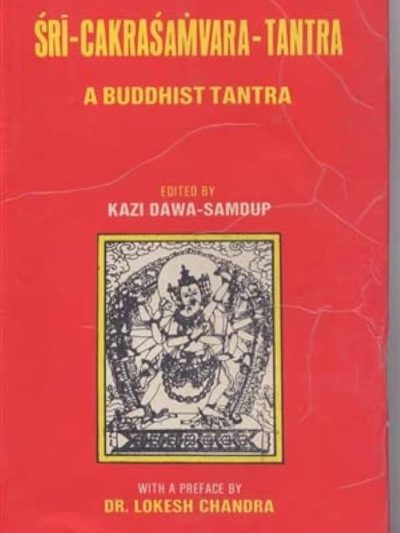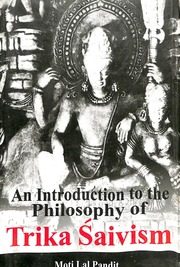Description
The ancient civilization of the Harappan people covered a vast area and made significant contributions to the evolution of human culture and society. One of its salient features was its technological innovativeness which is somewhat overshadowed by the modesty and functionality of its architecture and artefacts. Its technological expertise is reflected in the architectural, hydrological and engineering feats it achieved. Various aspects of life of the Harappans, that is, their town planning, their system of weights and measures, their drainage, wells and baths, art and crafts, transport, metal artefacts, ceramics, domestication of life and agricultural practices, all reveal the extent of technological skill and knowledge they possessed. This volume documents the various technologies developed by the Harappans by examining a vast amount of data about the Indus civilisation. It reveals the Harappans? architectural achievements, expertise in hydraulics engineering, ceramic technology, metallurgical achievements, and the varieties of artefacts they produced. It explains why the culture has been termed a ‘culture of water splendour?. It discusses their many marvels of hydraulic engineering like the Great Bath at Mohenjodaro, extensive reservoirs and water harvesting systems at Dholavira, the underground drainage and storm drains, their techniques of casting, joining and alloying copper and so on. The Harappan technology displays a functional aptness and adaptation to varied ecological settings. Much that exists in the northwestern part of India today has been seen as a refection of this inheritance. The volume would interest historians and archaeologists interested in understanding the achievements of the earliest civilisations and their legacy. Prof. D. P. Agrawal is a noted archaeologist who has participated in excavations of the Harappan site of Kalibangan in Rajasthan and worked on copper technology of the Harappans.






Reviews
There are no reviews yet.